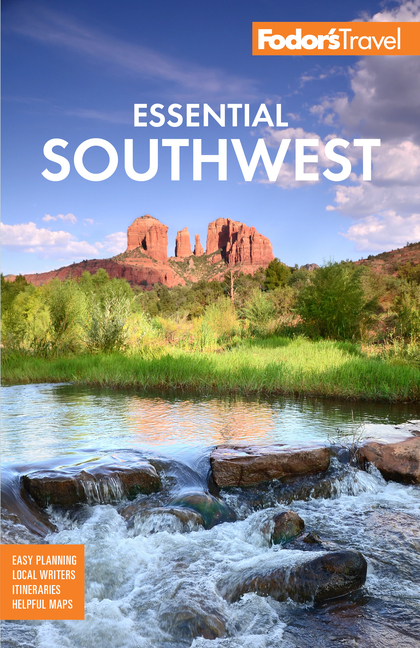The turbulent history of the West is writ large in this now-sleepy part of Arizona. It’s home to the Tohono O’odham Indian Reservation—the largest in the country after the Navajo Nation’s—and towns such as Ajo, created (and almost undone) by the copper-mining industry, and Nogales, along the U.S.–Mexico border. Yuma, abutting the California border, was a major crossing point of the Colorado River as far back as the time of the conquistadors.
These days people mostly travel through Sells, Ajo, and Yuma en route to the closest beaches. During the school year, especially on warm weekends and semester breaks, the 130-mile route from Tucson to Ajo is busy with traffic headed southwest to Puerto Penasco (Rocky Point), Mexico, the closest access to the sea for Arizonans. All summer long, Interstate 8 takes heat-weary Tucsonans and Phoenicians to San Diego, California; Yuma is the midpoint.
Natural attractions are a lure in this starkly scenic region: Organ Pipe Cactus National Monument provides trails for desert hikers and birders, and Buenos Aires and Imperial wildlife refuges—homes to many unusual species—are important destinations for birders and other nature-watchers. Much of the time, however, your only companions will be the low-lying scrub and cactus, and the mesquite, ironwood, and palo verde trees.






